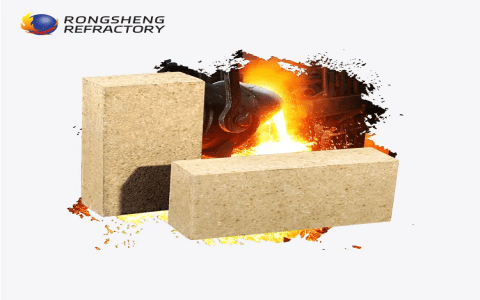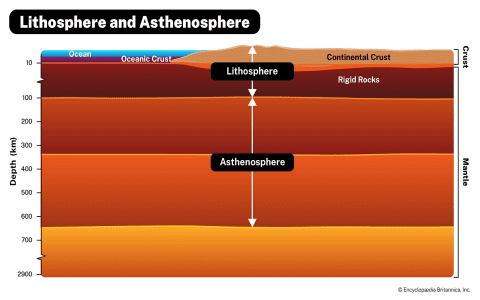Well, let me tell ya somethin’ about these here “refractories”. Sounds fancy, huh? Don’t you worry none, I’ll make it plain as day.
What are refractories, anyway?


Basically, they’re like tough ol’ bricks that can stand the heat. Real heat, I’m talkin’. Hotter than your oven on Thanksgiving, hotter even than the blacksmith’s forge down the road. They use ’em in them big furnaces where they melt metal and make glass. You know, the kinda places that roar and spit fire like a dragon.
- They gotta be strong, these refractories, tough as nails.
- They gotta keep the heat in, so it don’t go leakin’ out everywhere.
- And they gotta put up with all sorts of mean stuff, like the hot metal sloshin’ around, tryin’ to eat away at the walls.
Think of it like this: you got a pot on the stove, right? Well, that pot needs to be tough enough to hold the boilin’ water, right? Refractories are like the pot for really, really hot stuff. They line the insides of those big ol’ furnaces and kilns, keepin’ the fire where it belongs.
Where do they use these things?
Lots of places, actually. Anywhere you got somethin’ really hot goin’ on, you’ll likely find refractories. Like them steel mills where they make the metal for your cars and bridges. Or them glass factories where they make the bottles for your soda and the windows for your house. Even in them fancy ceramic shops, where they make pretty plates and such.
Why are they so important?
Well, without ’em, things would fall apart pretty quick. Imagine tryin’ to melt steel in a regular ol’ pot. Wouldn’t work, would it? The pot would melt right along with the steel! That’s why you need somethin’ special, somethin’ that can take the heat. That’s where refractories come in.
What makes a good refractory?
A few things, I reckon. First off, they gotta be able to stand the heat. They measure that by somethin’ called a “melting point”. The higher the meltin’ point, the better. Then they gotta be strong, so they don’t crumble under pressure. And they gotta be able to resist all them nasty chemicals and whatnot that try to eat away at ’em.


Some important things ’bout refractories:
They look at stuff like how heavy it is, how much air it’s got in it, and how strong it is. They do all this to make sure the refractories are up to snuff, you know, good enough for the job. It’s like makin’ sure your biscuits ain’t too flat or your soup ain’t too watery.
They got this word, “refractory,” it comes from some old Latin word meanin’ stubborn. And that makes sense, don’t it? ‘Cause these things gotta be stubborn, gotta stand their ground against all that heat and pressure. Like that old mule Jed had, wouldn’t budge for nothin’.
So, there you have it. That’s the lowdown on refractories. They ain’t pretty, maybe, but they’re darn important. They’re the unsung heroes of the industrial world, keepin’ things runnin’ smooth and hot, day in and day out. Next time you see a skyscraper or a glass bottle, just remember, there’s a little bit of refractory in there somewhere, doin’ its job.
And if anyone asks ya what refractories are, you just tell ’em they’re tough bricks that can stand the heat. Nothin’ more, nothin’ less.
Remember, it’s all ’bout holdin’ up to the heat and keepin’ things goin’. Just like a good pot of stew on a cold winter night.
Tags: [Refractories, High-Temperature Materials, Furnaces, Kilns, Thermal Barrier, Melting Point, Industrial Ceramics, Abrasion Resistance, Corrosion Resistance, Material Properties]



